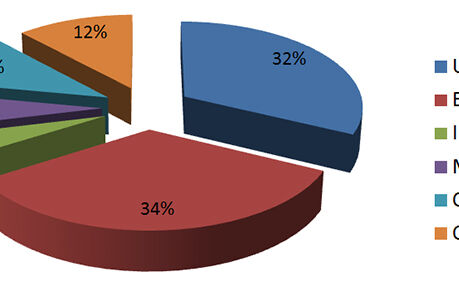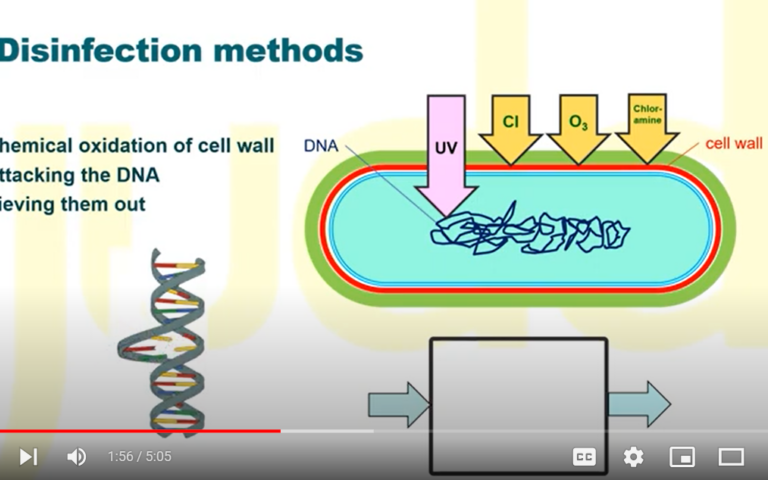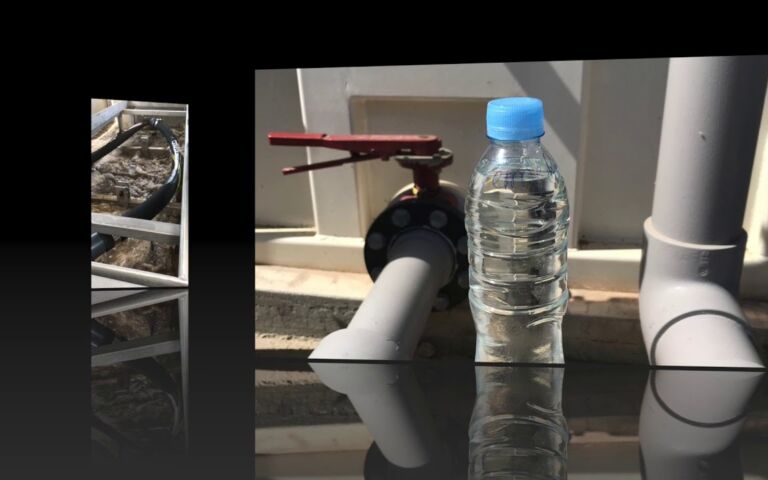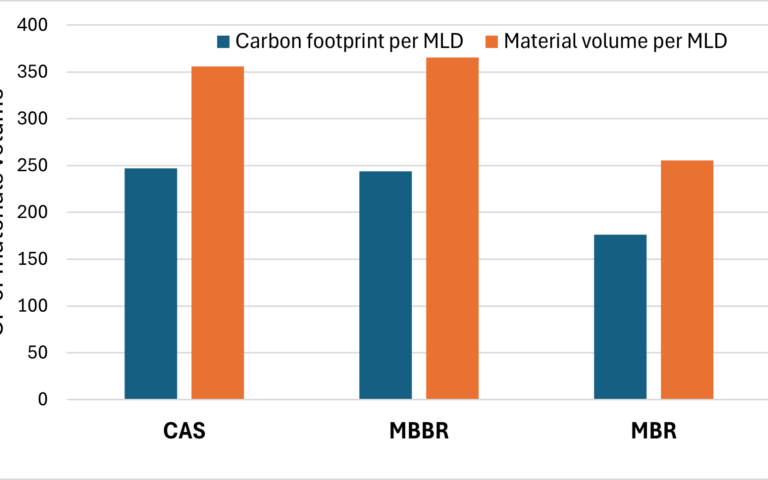Recalcitrant micropollutants and MBRs

Simon Judd has over 35 years’ post-doctorate experience in all aspects of water and wastewater treatment technology, both in academic and industrial R&D. He has (co-)authored six book titles and over 200 peer-reviewed publications in water and wastewater treatment.
Unless they’ve spent the last 10−15 years living in a cupboard, pretty much anyone working in municipal wastewater will at least be aware of the issue of micropollutants: trace quantities of anthropogenic materials which are onerous to the environment.
Various impacts from different organic compounds or trace metals have been identified, the most eye-catching being the endocrine disrupting compounds (EDCs) which can apparently cause fish to change gender. Whilst incurring an impact even at exceedingly low concentrations (tens of nanograms per litre), EDCs appear to be well removed by advanced wastewater treatment processes such as MBRs.
Improved removal of micropollutants?
MBRs are often mooted as offering a means for improved removal of micropollutants, as indicated in Faisal Hai’s excellent article on the subject. Because of the increased solids retention time and concentration, MBRs provide more intensive biotreatment than a conventional activated sludge process.
However, there are some trace compounds which are simply not conducive to biotreatment at all, and it is such materials which cause the biggest headache. Not the least of these, certainly in the UK but probably elsewhere as well, is metaldehyde.
Metaldehyde is an active constituent of slug pellets. It is not particularly biodegradable, and activated carbon capacities for the compound are not especially high either. Available treatment options thus appear to be limited to advanced oxidation, which seems to be reasonably effective provided the UV transmittance of the water is sufficiently high. This then would imply that upstream clarification using a membrane process and/or GAC removal of the residual organics might be required in any case. A recently-published cost analysis [Update: link no longer available] suggests that the total treatment costs for achieving around 80% removal of the compound would be in the region of 40−60 p/m3− an astronomical sum of money with an appreciable carbon footprint associated with it.
So, what next for these particularly recalcitrant residuals? There is perhaps a reasonable case for setting a limit to the allowable carbon footprint for a wastewater treatment works, since it is presumably no more desirable to punch ever larger holes in the ozone layer than it is to discharge microscopic residues of pesticides into water courses. Time, and legislation, will tell.








